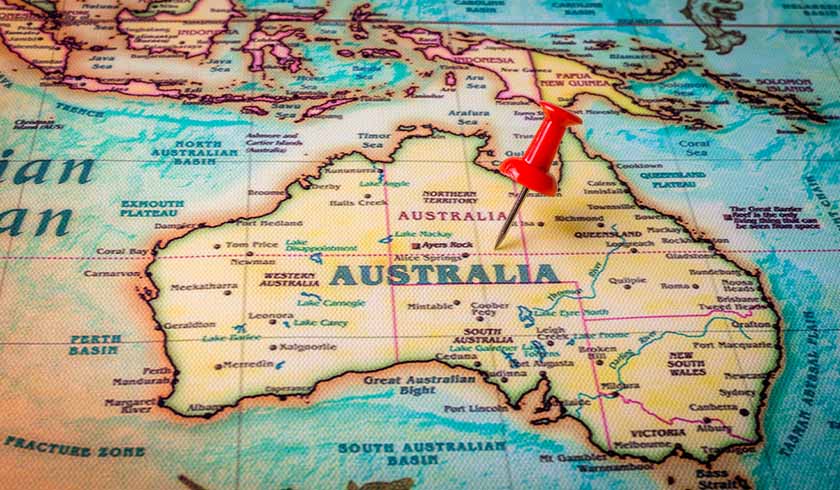Can Australia sustain growth in the property market?
After a “year of two halves”, which saw significant decline and a consequent recovery, will the Australian property market be able to sustain growth in 2020?

The national property market saw a significant divide in market movements during 2019, where the first half saw prices come down about 3 per cent and the second half saw an incredibly strong rebound of around 6 per cent, according to CoreLogic Australia’s head of Australian research Eliza Owen.
When examined further, data showed that most of the rebound came from the improvements of the dwelling markets of Sydney and Melbourne.
Conversely, Perth and Darwin were still in decline during the same period.
“It’s probably not overly helpful for property holders or people making a decision around their individual market. It’s good to talk broadly and relate to the macro factors that are affecting the market. There are a whole lot of different dynamics that make up an aggregate figure,” Ms Owen said.
Most experts believe that 2020 is definitely going to be better than 2019 in terms of movements in the property market, primarily due to international relations and government policies.
In 2019, the conclusion of the federal election resulted in an improvement in confidence across the property market because “we suddenly had a more formed view around capital gains concessions and negative gearing – those policies won’t be touched.”
Further, the reduction of the cash rate allowed more people into the market as mortgage rates were consequently reduced.
Ms Owen explained: “Research from the Reserve Bank suggests that for every 1 per cent reduction in the cash rate, you get a corresponding increase in property prices of 8 per cent over the following two years. What we saw over 2019 was a halving of the cash rate between June and October, and looking at markets, we are expecting another cash rate reduction over 2020 by another 25 basis points.”
“That will mean that mortgages will get cheaper and demand for property purchases will increase. Off the back of that, we’d expect an increase in property prices as a result.”
Sustainability
While the recovery of the property market is undeniably good news, some experts are worried that the growth in Australia might be unsustainable, particularly due to the rapid market movements in opposite directions.
Moreover, the average dwelling value currently sits about 10 to 11 times higher than the average annual salary, raising the concern that the property bubble might burst at any moment.
According to Ms Owen, Australia did see a “bubble situation” in the context of the Sydney market, where the capital city saw a drop of about 17 per cent last year after several months of continuous growth, which ultimately made it the most expensive housing market in Australia.
The Sydney property market has been recovering for a few months, although it’s not quite near the peak of its cycle yet, she said.
“A lot of that was because there was a high concentration of investment in that market, as well as a high concentration of potentially risky lending, namely in the form of high levels of interest-only loans,” she said.
Regulators have since stepped in accordingly – they limited the level of interest-only lending by implementing new regulations.
“It’s important to remember that the property market isn’t operating in this vacuum. It’s operating in an environment where government bodies and statutory authorities can see what is happening and can intervene to make sure that things don’t get too speculative or too risky,” Ms Owen highlighted.
Overall, property investors don’t necessarily have to worry about the property bubble bursting because, in general, most parts of Australia, particularly the capital cities, can definitely sustain growth – thanks to the stable local and national economies.
In fact, Ms Owen is confident that Sydney will offer good long-term wealth creation opportunities for property investors this new year.
Apart from the plan to establish three new central business districts, Sydney is also expected to benefit from continuous growth in population and jobs, thus keeping up the demand for housing across the capital city.
Naturally, risks will remain in the property market, but nothing that could not be avoided with thorough research and due diligence.
“You can have all these policies and population growth, but you also have to think, ‘Is there a point that a city gets too crowded or undesirable to live in?’ There may be some risks associated with population growth, and that could spill over to nearby areas as well,” Ms Owen concluded.
Tune in to Eliza Owen’s episode on The Smart Property Investment Show to find out how to maximise opportunities across all property markets in Australia, both metropolitan and regional.
